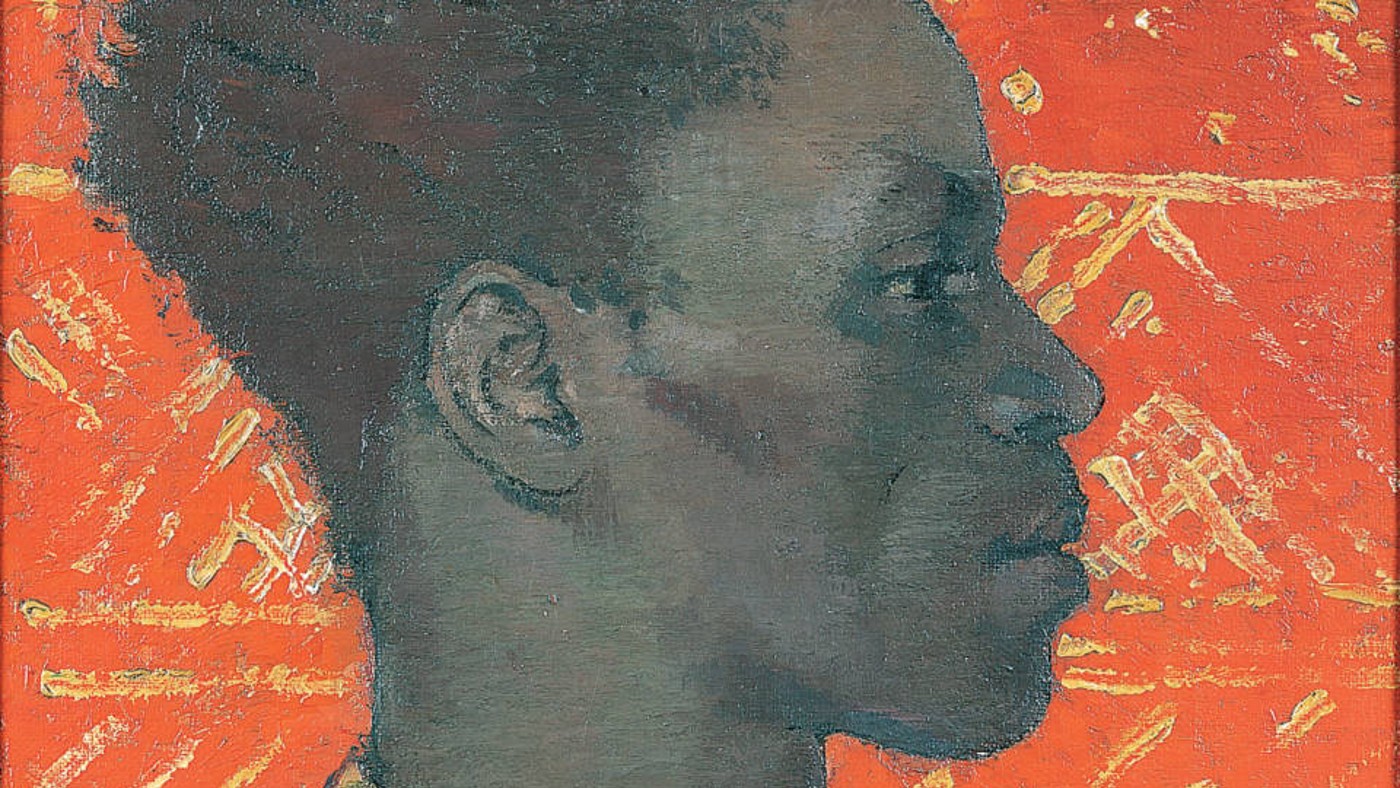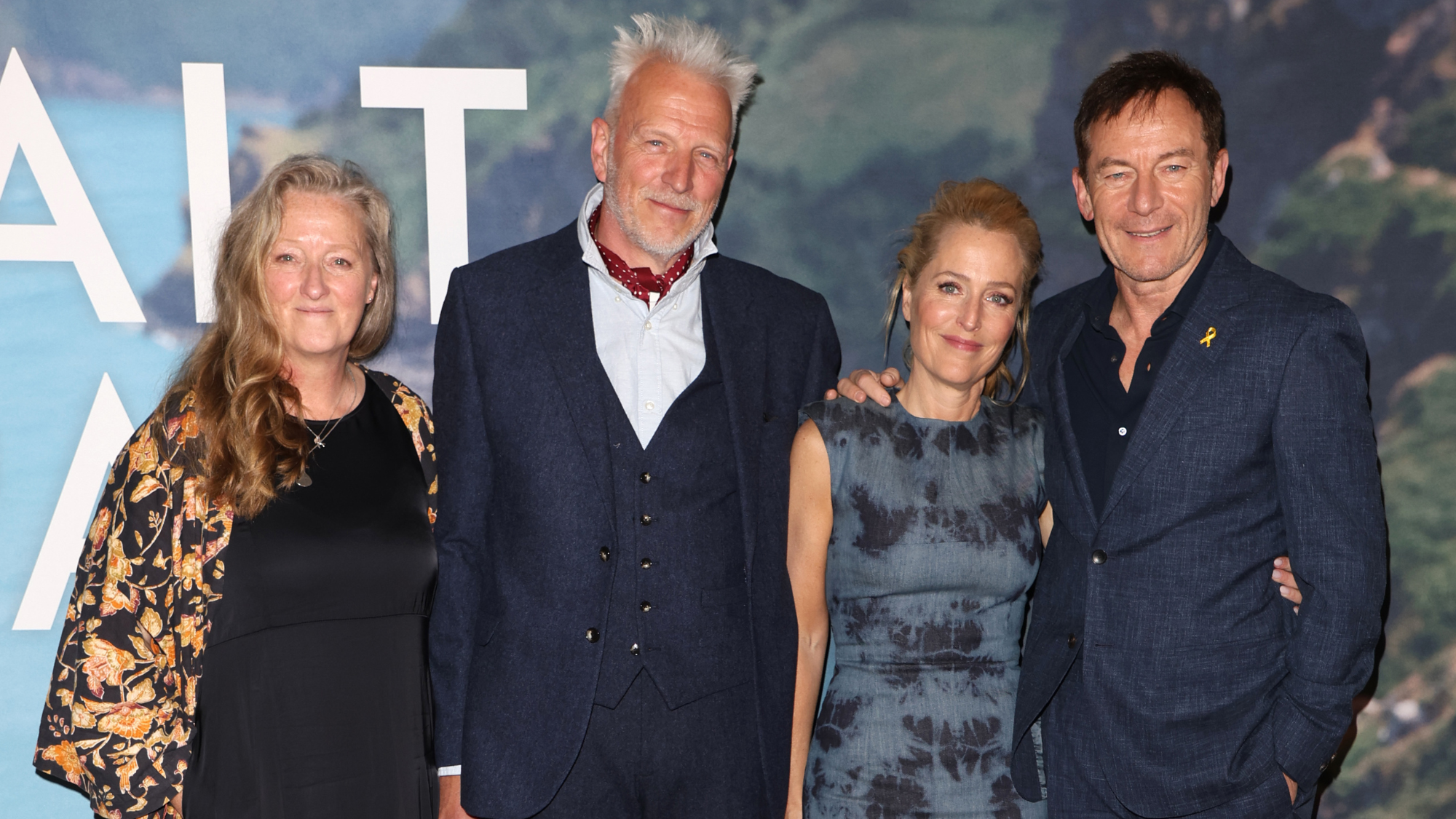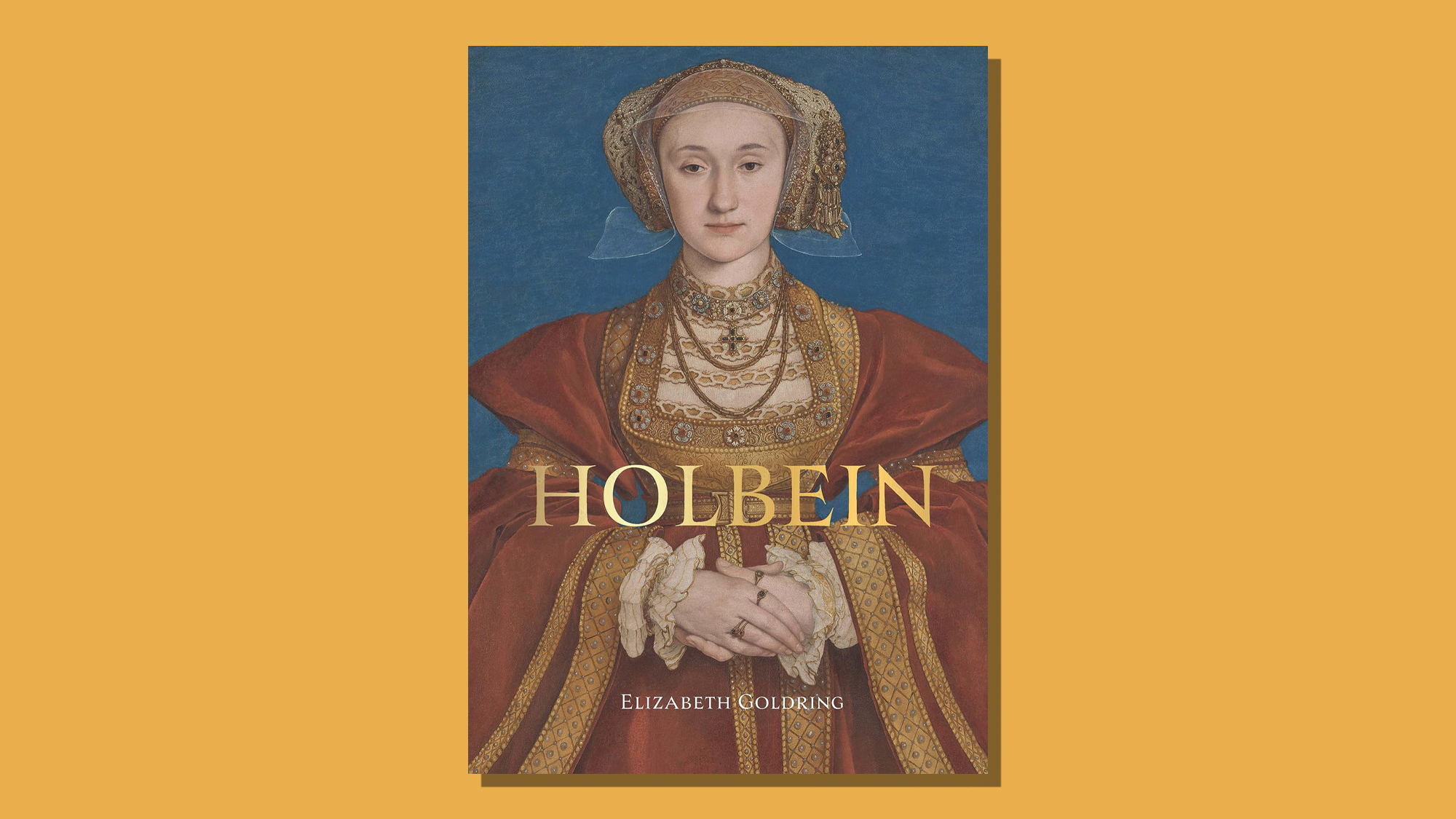Glyn Philpot: Flesh and Spirit – a show with a ‘particular, piquant flavour’
‘Comprehensive’ exhibition in Chichester seeks to re-evaluate painter’s career

In his heyday, Glyn Philpot enjoyed considerable success, said Alan Hollinghurst in The Daily Telegraph. Philpot (1884-1937) made his name as a society portraitist, depicting “the rich, the gifted and the famous” with something of John Singer Sargent’s “combination of daring ease and oldmasterly resonance”.
Then, around 1930, “at the height of his public success, he left England for Paris, had a brief revelatory immersion in Weimar Berlin, and dramatically altered his style” for something far more spare and modernist. In the decades following his early death, “he lapsed into obscurity along with his subjects”. Only a few of his works, such as his dashing wartime portrait of Siegfried Sassoon, are widely known today.
Now this “comprehensive” exhibition in Chichester seeks to re-evaluate this career, bringing together more than 80 paintings, drawings and sculptures, many of which have not been displayed in decades. It provides “a wonderful opportunity to look again at the full span of his work, in all its richness and strangeness”.
The Week
Escape your echo chamber. Get the facts behind the news, plus analysis from multiple perspectives.

Sign up for The Week's Free Newsletters
From our morning news briefing to a weekly Good News Newsletter, get the best of The Week delivered directly to your inbox.
From our morning news briefing to a weekly Good News Newsletter, get the best of The Week delivered directly to your inbox.
Philpot was both gay and a Catholic convert, and his work evinced a “constant dialogue” between his faith and his sexuality, subjects he often explored in “a quirkily contemporary way”. Remarkably, too, he became “a painter of black subjects without rival among British artists of his time”.
“Philpot appears as an artist – and a man – pulled in several directions,” said Hettie Judah in The Guardian. His talent for “flattering, somewhat old-fashioned” portraits, inspired by Velázquez and Manet, made him a “prodigy” and the youngest Royal Academician of his generation. His portrait of the “bright young thing” Loelia Ponsonby, for instance, is “awash in bias-cut satin, lush fur and gemstones”, while a likeness of the Countess of Dalkeith sees her as a “razor-cheeked waif in clouds of gauzy white”.
Yet clearly, he harboured more adventurous ambitions: in the 1930s in Paris and Berlin he began painting “the chrome, glass and glow of the transforming city”; perhaps unsurprisingly, these painting proved less successful than his previous works.
More convincingly modern are Philpot’s depictions of black men, said Mark Hudson on The Independent. Highlights here include a likeness of the singer and activist Paul Robeson and two “exquisitely sensitive portraits” of the Parisian cabaret performer Julien Zaire, one of which depicts him against a background of sleek modernist furniture.
A free daily email with the biggest news stories of the day – and the best features from TheWeek.com
More intriguing still are the numerous pictures of Henry Thomas, his Jamaican-born model, servant and friend. Jamaican Man in Profile (Henry Thomas), deservedly Philpot’s best-known picture, sees its subject in profile against “a brightly patterned” background, “the faintest of smiles playing over his lips”. Stylistically, it is a “remarkable” work of “protoPop Art” that feels decades ahead of its time.
Unusually, there’s no attempt to frame him patronisingly as a certain racial “type”. Overall, this is a “fascinating” exhibition that refuses to make assumptions about its subject. Philpot remains an enigma, giving the show a “particular, piquant flavour”.
Pallant House Gallery, Chichester (pallant.org.uk). Until 23 October
-
 Animal Farm: has Andy Serkis made a pig’s ear of Orwell?
Animal Farm: has Andy Serkis made a pig’s ear of Orwell?Talking Point Animated adaptation of classic dystopian novella is light on political allegory and heavy on lowbrow gags
-
 What new cryptocurrency regulations mean for investors
What new cryptocurrency regulations mean for investorsThe Explainer The Treasury and the Financial Conduct Authority aim to make the UK a more attractive and safer place for crypto assets
-
 The Salt Path Scandal: an ‘excellent’ documentary
The Salt Path Scandal: an ‘excellent’ documentaryThe Week Recommends Sky film dives back into the literary controversy and reveals a ‘wealth of new details’
-
 Frank Gehry: the architect who made buildings flow like water
Frank Gehry: the architect who made buildings flow like waterFeature The revered building master died at the age of 96
-
 6 lovely barn homes
6 lovely barn homesFeature Featuring a New Jersey homestead on 63 acres and California property with a silo watchtower
-
 Film reviews: ‘Marty Supreme’ and ‘Is This Thing On?’
Film reviews: ‘Marty Supreme’ and ‘Is This Thing On?’Feature A born grifter chases his table tennis dreams and a dad turns to stand-up to fight off heartbreak
-
 Heavenly spectacle in the wilds of Canada
Heavenly spectacle in the wilds of CanadaThe Week Recommends ‘Mind-bending’ outpost for spotting animals – and the northern lights
-
 It Was Just an Accident: a ‘striking’ attack on the Iranian regime
It Was Just an Accident: a ‘striking’ attack on the Iranian regimeThe Week Recommends Jafar Panahi’s furious Palme d’Or-winning revenge thriller was made in secret
-
 Singin’ in the Rain: fun Christmas show is ‘pure bottled sunshine’
Singin’ in the Rain: fun Christmas show is ‘pure bottled sunshine’The Week Recommends Raz Shaw’s take on the classic musical is ‘gloriously cheering’
-
 Holbein: ‘a superb and groundbreaking biography’
Holbein: ‘a superb and groundbreaking biography’The Week Recommends Elizabeth Goldring’s ‘definitive account’ brings the German artist ‘vividly to life’
-
 The Sound of Music: a ‘richly entertaining’ festive treat
The Sound of Music: a ‘richly entertaining’ festive treatThe Week Recommends Nikolai Foster’s captivating and beautifully designed revival ‘ripples with feeling’